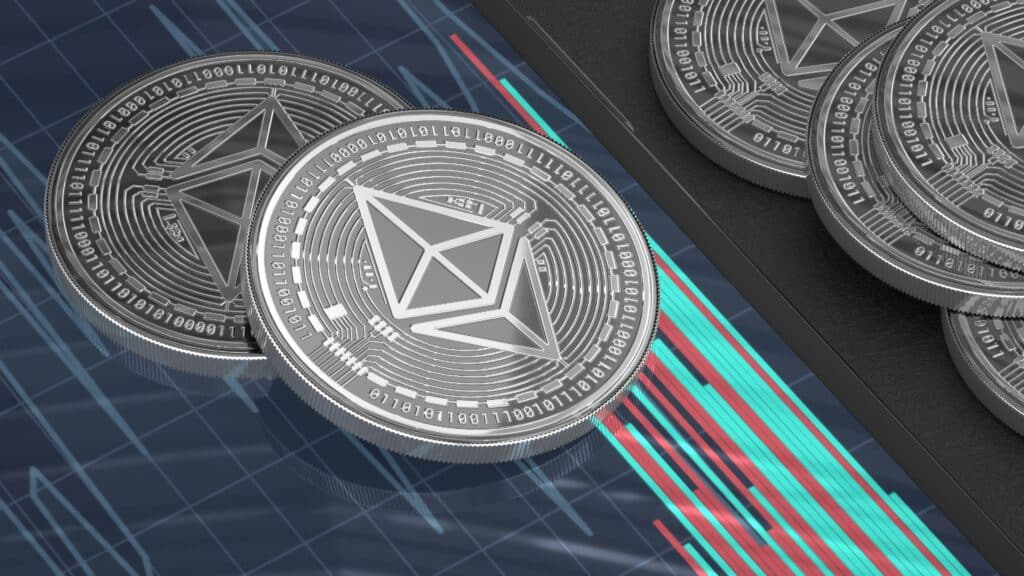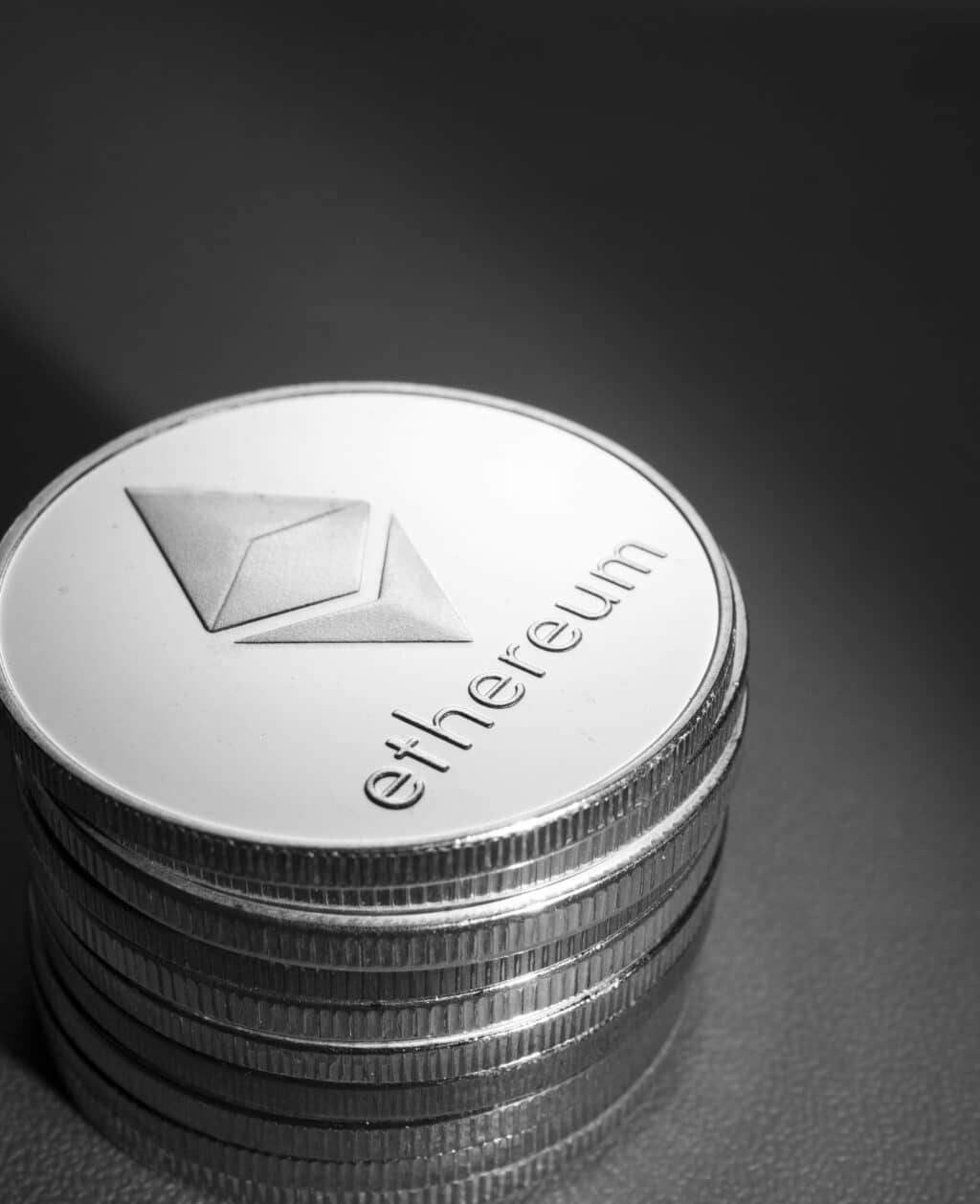Ethereum has been at the forefront of the drive toward cryptocurrencies in the financial and technological spheres. But what is Ethereum exactly, and how does it operate?
We’ll go deeply into the world of Ethereum in this comprehensive introduction, learning about its blockchain architecture, smart contracts, and the Ethereum Virtual Machine.
We’ll also examine how Ethereum is changing sectors like finance and the arts, as well as the difficulties it confronts as it moves to Ethereum 2.0.
This article will provide you a thorough overview of everything you need to know about Ethereum, whether you’re a beginner to cryptocurrencies or a seasoned investor. If you are starting on investmet try https://bitsoftware360.com/! It is an amazing online platform for a seamless trading experience.
IMAGE: UNSPLASH
Ethereum Basics
Ethereum is a decentralized blockchain platform that enables developers to build decentralized applications (dApps) and run smart contracts. While Bitcoin was created primarily as a digital currency, Ethereum was designed to be a “world computer” that could execute code in a decentralized and trustless manner.
Ethereum’s blockchain structure is similar to Bitcoin’s, but with some key differences. The most notable difference is the inclusion of the Ethereum Virtual Machine (EVM), which allows developers to write code that can be executed on the blockchain.
Smart contracts, which are self-executing contracts with the terms of the agreement between buyer and seller being directly written into lines of code, are a fundamental feature of Ethereum. To execute code on the Ethereum network, users must pay in Ether (ETH), the native cryptocurrency of the Ethereum platform.
Gas is used to calculate the cost of running a transaction or executing a smart contract, and the amount of gas required depends on the complexity of the operation.
Ethereum Network Participants
The Ethereum network is made up of several participants who play different roles in maintaining and using the platform.
Ethereum Nodes: These are computers running the Ethereum software that keep a copy of the entire Ethereum blockchain. Nodes communicate with each other to ensure that the blockchain is synchronized and up to date.
Ethereum Miners: These are nodes that use their computing power to verify transactions and add new blocks to the blockchain.
Miners compete to solve complex mathematical problems, and the first miner to solve the problem and add the block to the chain is rewarded with a certain amount of Ether.
Ethereum Developers: These are individuals or organizations who create decentralized applications (dApps) and smart contracts on the Ethereum platform. Developers can write code in various programming languages, such as Solidity, Vyper, and others.
Ethereum Users: These are individuals or organizations who interact with the Ethereum network by sending or receiving Ether, executing smart contracts, or using dApps. Users can access the network through various wallets, such as MetaMask, MyEtherWallet, and others.
Together, these participants form a decentralized network that operates without a central authority or intermediary.
Understanding Ether (ETH)
Ether (ETH) is the native cryptocurrency of the Ethereum platform, used for transactions and as a reward for miners. It is divisible up to 18 decimal places and can be purchased on a cryptocurrency exchange and stored in an Ethereum wallet.
Transactions require a gas fee paid to miners, and the gas price is denominated in gwei. Ether’s value is volatile and fluctuates based on market demand and supply, and it currently has a market capitalization of over $500 billion USD.
Ethereum 20
Ethereum 2.0 is a major upgrade to the Ethereum network aimed at improving scalability, security, and sustainability.
The upgrade involves the transition from a Proof of Work to a Proof of Stake consensus algorithm, the introduction of shard chains to increase network capacity, and improvements to the protocol to reduce transaction fees and increase speed.
The upgrade is being rolled out in phases, with the first phase launched in December 2020, and full implementation expected to take several years. Ethereum 2.0 is expected to significantly improve the network’s capacity, reduce transaction fees, and support a wider range of decentralized applications.
Conclusion
Ethereum is a decentralized blockchain platform that enables developers to build and deploy decentralized applications (dApps) and smart contracts.
Ethereum’s native cryptocurrency, Ether (ETH), is used as a form of payment for transactions on the network and as a reward for miners who verify transactions and add new blocks to the blockchain.
Ethereum is a versatile platform with many potential use cases, including finance, identity verification, supply chain management, and more. The introduction of Ethereum 2.0 is expected to improve scalability, security, and sustainability, making the platform more efficient and capable of handling a larger volume of transactions.
Disclaimer: The above references an opinion of the author and is for information purposes only. It is not intended to be investment advice. Seek a duly licensed professional for investment advice. Invest responsibly and never invest more than you can afford to lose.
IMAGE: UNSPLASH
If you are interested in even more business-related articles and information from us here at Bit Rebels, then we have a lot to choose from.


COMMENTS